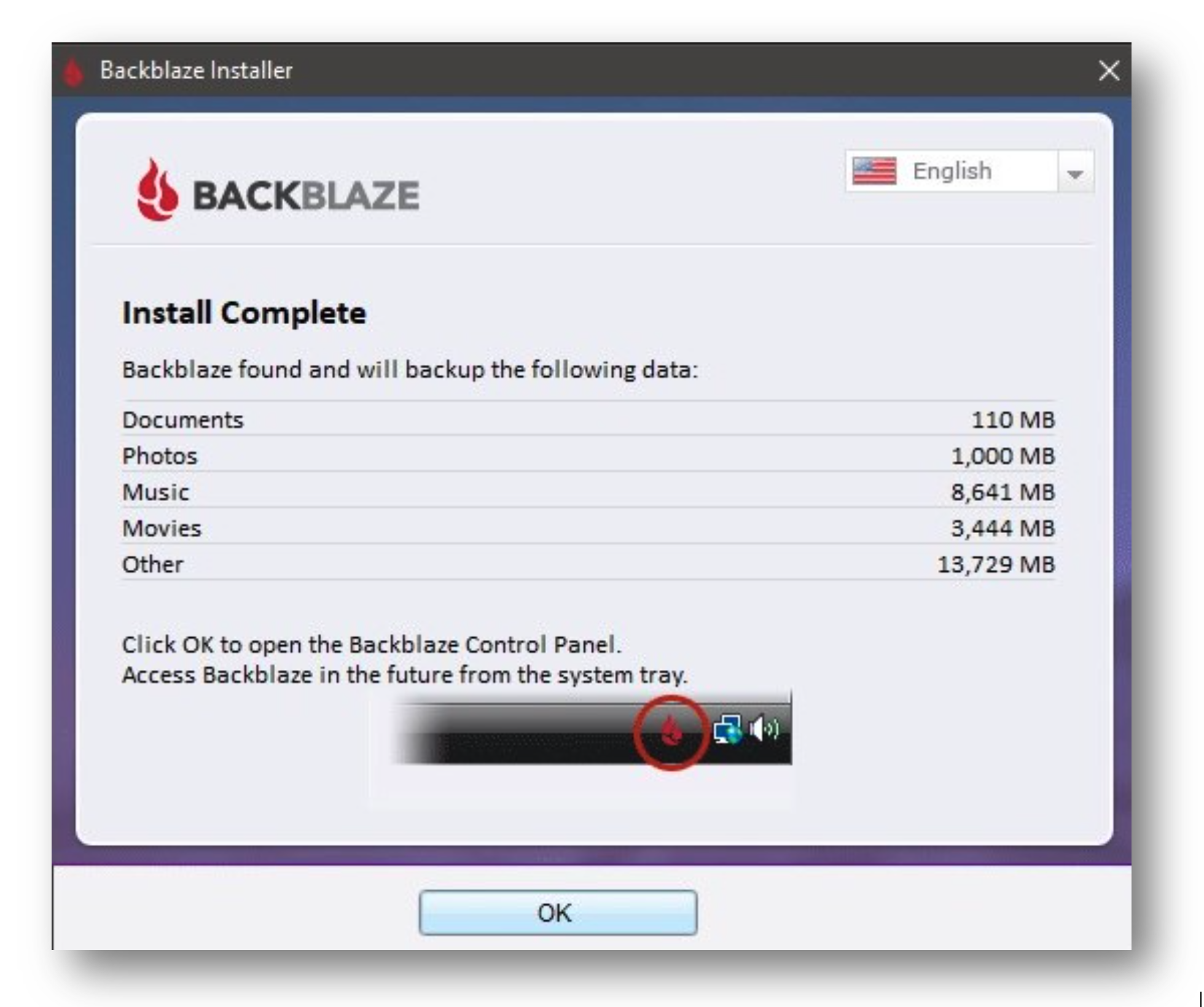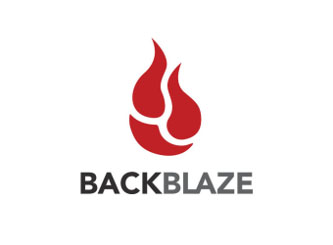

The debug logging option will help with any specific troubleshooting. # You may nbeed to tune the agressiveness of Rclone to stay within provider limits.

# Note2: Some cloud providers place limits on the number of API calls, transactions per second or discreet simultaneous file transfers. Uncommmnet the below line in rvice setup to enables logging to syslog with resonable verbosity # Log options are DEBUG, INFO, NOTICE & ERROR

# Note1: Additional logging options to the $SYSTEMD_PATH/rvice will help with any specific troubleshooting. # (Samba interactions may impeding Rclone from closing all threads down, so sometimes a reboot is better.) Restart the preconfigured VFS cache service with systemctl start rvice. Run "rclone config" and follow the interactive prompts that relate to your specific cloud provider. # See for all other Rclone cloud sync options and instructions. Investigate the correct settings you will need to authenticate with your cloud storage provider. (This order seems to work better at discovering the finished samba config) # - WSDD2 to enable network browsing is installed last. # - Samba and Rclone services are restarted # - Rclone VFS is created as a system service and mounted in the $VFSSHARE path # - The nf placeholder file is created in $RCLONE_CONFIG_PATH and correct user permissions to it are set. # - The preconfigured starting nf file is copied over. # - Correct file permissions are set on the new share directories # - Next share directories are created in the paths as per $PRIVSHARE $PUBSHARE and $VFSSHARE variables # - Samba is first installed and the current user is enabled for samba and then added to the a new sambausers group Run this install script logged on as the user you wish Rclone to run as. # need rights to the nf user configuarion profile to run. A specific user account is needed becasue interactive (or user crontab tasks) Either stay with the initial Linux user account created at install, or create a new Install Linux and mount/configure any extra disk or partition spaces you wish to use for storage # Build a simple NAS with Samba & Rclone cloud sync #


 0 kommentar(er)
0 kommentar(er)
